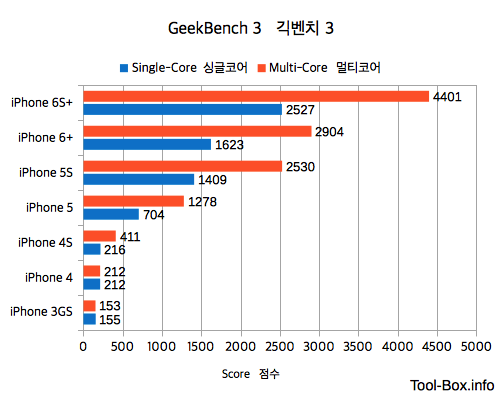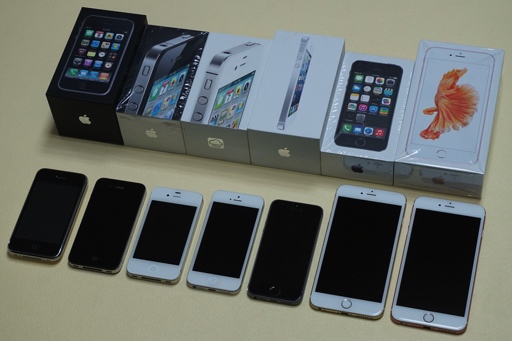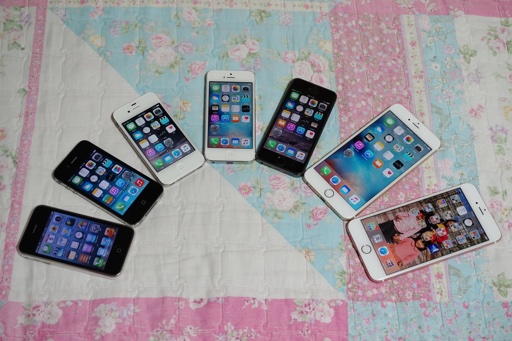Benchmarking the 7 generations of iPhones
Posted by Wesley onWhen you upgrade to the latest high-end device, you would expect it to perform faster than the last one. Thanks to the ever-progressing technology this has always been the case with the flagship iPhones, but the performance jump was not always consistent. Let's see how the seven generations of the iPhones stack up.
One thing to note is that I'm probably not missing much by not having the original iPhone or iPhone 3G here. Many of the tests are already flaky with iPhone 3GS or 4, largely due to not getting a newer OS. 3GS at least is barely holding on with an OS that got its last security patch in February 2014. iPhone 3G is considerably worse, with its last update in November 2010, nearly five years ago.
First up is the GeekBench 3, as shown in the video. 3GS was able to run the 3.1.1 version of the benchmark on iOS 6.1.6, while the 4 ran the 3.2.0 version on iOS 7.1.2. All the others were running the latest version at the time of the writing, 3.4.0, which supports iOS 9.0.2 installed on the devices.

GeekBench 3 results
Links to Results
[iPhone 3GS iPhone 4 iPhone 4S iPhone 5 iPhone 5S iPhone 6+ iPhone 6S+]
The results provide some interesting observations. There are two instances where the performance upgrade wasn't quite as significant as the other times: 3GS to 4, and 5S to 6 Plus. These were the times when the screen resolutions saw a significant jump from the predecessor - 360x480 to 640x960 and 640x1136 to 1242x2208 (downscaled to 1080x1920 on the display), respectively, which is about 4 times the pixel count. Much of the enhancements seemed to have sunk into supporting the higher display resolution.
In the other times, the performance increases approximately twofold each generation. At the transition from 4 to 4S, this was achieved purely by going dual-core. Since then the per-core performance was boosted. In the end, you can see an 11-fold improvement for going from the first dual-core iPhone (4S) to the latest (6S Plus).



